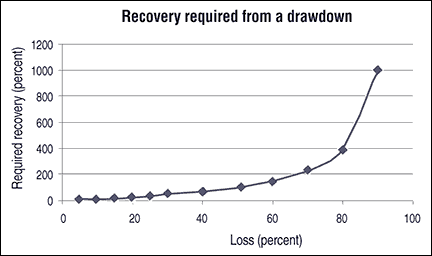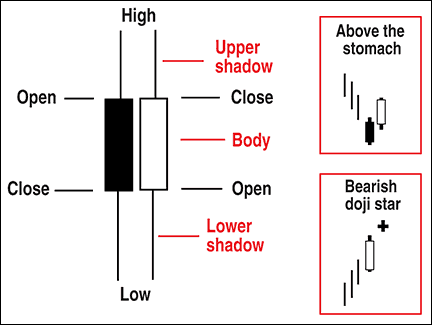John R.McGinley is a Certified Market Technician, former editor of the Market Technicians Assn. Journal of Technical Analysis and inventor of the McGinley Dynamic. Working within the context of moving averages throughout the 1990s, McGinley sought to invent a responsive indicator that would automatically be more responsive to the raw data than simple or exponential moving averages.
SMA Vs. EMA
Simple moving averages (SMA) smooth out price action by calculating past closing prices and dividing by the number of periods. To calculate a 10-day simple moving average, add the closing prices of the last 10 days and divide by 10. The smoother the moving average, the slower it reacts to prices. A 50-day moving average moves slower than a 10-day moving average. A 10- and 20-day moving average can at times experience a volatility of prices that can make it harder to interpret price action. False signals may occur during these periods, creating losses because prices may get too far ahead of the market.
An exponential moving average (EMA) responds to prices much more quickly than a simple moving average. This is because the EMA gives more weight to the latest data rather than the older data. It's a good indicator for the short term and a great method to catch short term trends which is why traders use both simple and exponential moving averages simultaneously for entry and exits. Nevertheless it too can leave the data behind.
The Problem with Moving Averages
In his research of moving averages which went much further than the basic examples already shown, McGinley found moving averages had many problems. The first problem was they were inappropriately applied. Moving averages in different periods operate with varying degrees in different markets. For example, how can one know when to use a 10-day to a 20- to a 50-day moving average in a fast or slow market. In order to solve the problem of choosing the length of the moving average that applies to the current market, the McGinley Dynamic automatically adjusts itself to the speed of the market.
In his research of moving averages which went much further than the basic examples already shown, McGinley found moving averages had many problems. The first problem was they were inappropriately applied. Moving averages in different periods operate with varying degrees in different markets. For example, how can one know when to use a 10-day to a 20- to a 50-day moving average in a fast or slow market. In order to solve the problem of choosing the length of the moving average that applies to the current market, the McGinley Dynamic automatically adjusts itself to the speed of the market.
McGinley believes moving averages should only be used as a smoothing mechanism rather than a trading system or signal generator. It is a monitor of trend. But a 10-day simple moving average is off by five days or half its length. Chances are good that the big move in prices already occurred by the fifth day of a 10-day simple moving average. In addition, a 10-day moving average should properly be plotted five days before the present datum.
Further, McGinley found moving averages failed to follow prices since large separations frequently exist between prices and moving average lines. McGinley sought to eliminate these problems by inventing an indicator that would hug prices more closely, avoid price separation and whipsaws and would follow prices automatically in fast or slow markets.
McGinley Dynamic
This he did with the invention of the McGinley Dynamic. The formula is:
This he did with the invention of the McGinley Dynamic. The formula is:
MD = MD-1 + (Index – MD-1) / (N * (Index / MD-1 ) 4)
The McGinley Dynamic looks like a moving average line yet it is a smoothing mechanism for prices that turns out to track far better than any moving average. It minimizes price separation, price whipsaws and hugs prices much more closely. And it does this automatically as this is a factor of the formula. Because of the calculation, the Dynamic Line speeds up in down markets as it follows prices yet moves more slowly in up markets. One wants to be quick to sell in a down market, yet ride an up market as long as possible. The constant N determines how closely the Dynamic tracks the index or stock. If one is emulating a 20-day moving average, for instance, use an N value half that of the moving average or in this case 10.
It greatly avoids whipsaws because the Dynamic Line automatically follows prices in any market fast or slow, it's like a steering mechanism that stays aligned to prices when markets speed up or slows down. It can be relied upon for trading decisions yet McGinley invented the Dynamic in 1997 as a market tool rather than as a trading indicator.
Conclusion
Whether it is called a tool or indicator, the McGinley Dynamic is quite a fascinating instrument invented by a market technician that has followed and studied markets and indicators for nearly 40 years.
Whether it is called a tool or indicator, the McGinley Dynamic is quite a fascinating instrument invented by a market technician that has followed and studied markets and indicators for nearly 40 years.








